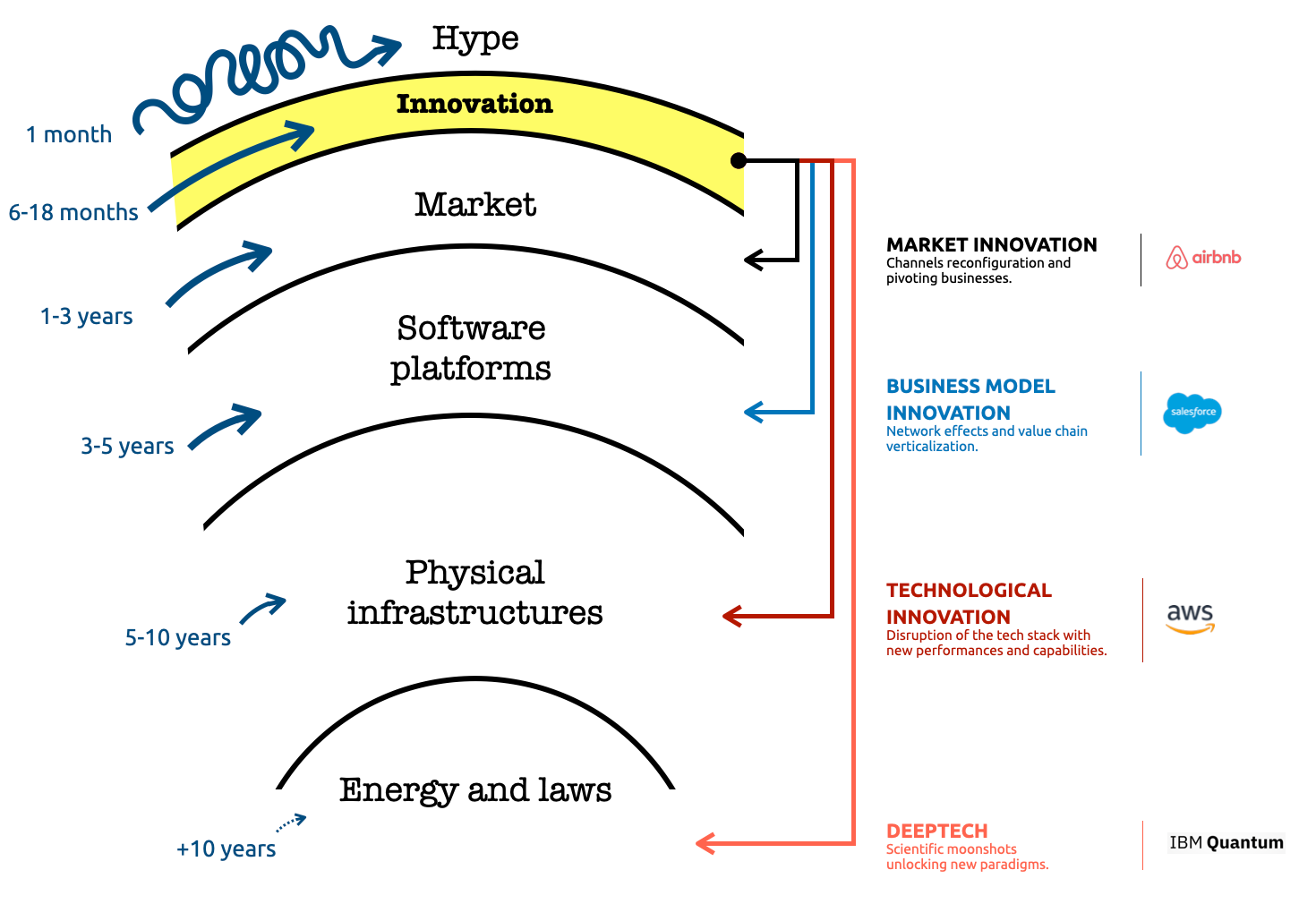Laws & Regulation vs. Innovation

Last June, I discussed some elements of the thermodynamics of innovation and how laws and regulations are very often the limiting factors to getting change in the market.

In that regard, the seemingly never-ending race to get autonomous vehicles on the road is a perfect example. If the technology was oversold and much slower to get to a point where proper self-driving would be safe, the major bottleneck was dealing with who was going to be sued when accidents will happen. Laws and regulations are slow. And this year, many automotive manufacturers just threw the towel.
That being said, Waymo kept on trucking (pun intended) and finally got a driverless pilot permit in San Francisco!
SF, who’s ready to ride? 🚘🤖
— Waymo (@Waymo) November 18, 2022
After receiving the driverless pilot permit from the @californiapuc, Waymo One is opening to members of the public in San Francisco. Available 24/7—without anyone in the driver’s seat: https://t.co/TenpLez0lo pic.twitter.com/DtSXXGNJpa
Interestingly, how different regions deal with laws and regulations can be key to finding the first beachhead to the core market.
Still, in the U.S., the Food and Drug Administration (FDA) has approved, in a somehow unusually fast process, the arrival of the first cultivated (chicken) meat on the market.

Although it's not a completely surprising move, the startups involved in this technology push are now caught off guard. They can deliver, but not at scale yet, and probably not at an acceptable cost either. But that's a story for another time.
Many startups, especially the deeptech ones, tend to underestimate how much launching first in a specific region can be strategic. Not so much because of the potential market or its level of readiness, but sometimes because the laws and regulations will help move forward.
For foodtech, clearly, the U.S. built a competitive legal advantage. Mostly because, in contrast with Europe, startups working on new food ingredients and processes can declare their inventions as "Generally Recognized as Safe" (GRAS). Provided it's chicken, even when grown in a lab, it's still chicken muscle and fat, in which case the FDA accepts to fast-track its market approval. In return, though, foodtech startups launching first in the U.S. also face a harder transfer of their approval to Europe.
I'm not judging if it's right or wrong (believe me, I do prefer to be under EU regulations as far food as food is concerned). I'm just pointing at an inherent competitive advantage based on different national regulatory frameworks. For many startups these regional elements of timing your innovation do add up quite significantly to the already tall order of timing the market itself right!





